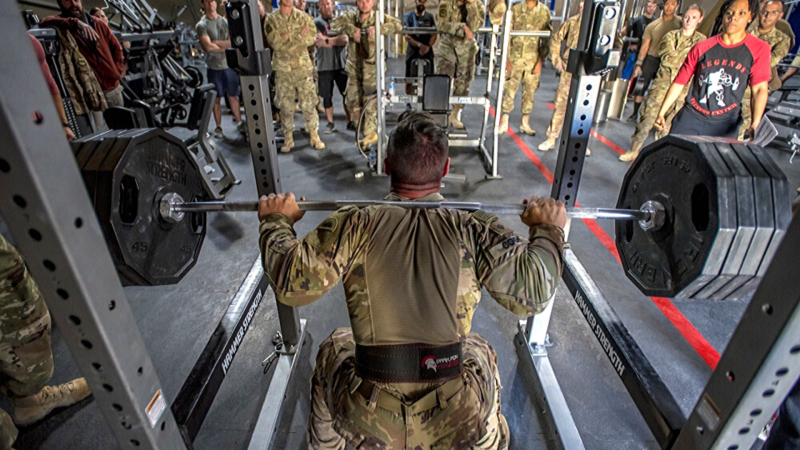Pectoralis major (chest), gastrocnemius (calf), and the rectus abdominis (abs) are just a few of the popular areas that both men and women work to strengthen and tone. But how do we get them to grow without overdoing it and hurting ourselves in the gym?
The Answer? Science.
There are approximately 600 muscles found in the human body. This dense, complex fibrous tissue makes up between one-third and one-half of our total body weight. Even if your goal isn’t to win a bodybuilding competition, working out determines whether your body will grow or wither.

So, how can science help us grow muscle? Well, you need to learn how a muscle works before you can push it to its limit.
Let’s say you want to lift a small amount of weight that your body can efficiently manage. First, your brain sends a signal to the motor neurons in your arm. Once the neurons receive the message, they fire up, contracting and relaxing your muscles. The muscles pull on the bones in your arm to create the movement needed to lift the weight.
It’s pretty simple, right?
Now, if the load we need to carry is on the heavier side, that signal from your brain gets magnified, enabling you to generate the required force.

In lifting this heavy object, you’ve exposed your muscle to stress and, as a result, you’ve completed a controlled tear in the muscle fibers. Nice work! In response to the damage, your body releases inflammatory cells called “cytokines.” These cells activate your immune system, repairing the controlled injury and making the muscle fibers stronger.
And we like that.
Since our bodies are great at adapting, continuing with the same routine, day-in and day-out, will cause your body to plateau — meaning you won’t build any additional muscle. By introducing different types of resistance to your body, you can avoid this plateau. Instead, your body will enter into a state called “hypertrophy.”

(Photo by Marine Corps Lance Cpl. Christian J. Robertson)
Now, lifting the heavy weights isn’t the only critical aspect to getting your body ready for beach season. Your tissue won’t be able to repair damaged muscle fibers without the help of proper nutrition, rest, and, of course, the right amount of hormones. Science has proven that gender and age affect the healing process, which is why young men with high testosterone levels find it easiest to bulk up.
Check out Ted-Ed‘s animated video below to get an entertaining and educational look at how humans get buffed out using science as their weapon.


























